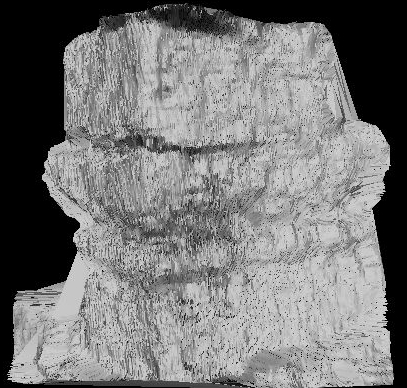|
Synopsis
|
Reconstructing spatial properties of a scene from a number
of images taken by an unknown camera is a classical problem in Computer
Vision. It is particularly important when the camera used to acquire the
images is not available for calibration, as for instance in video post-processing.
If we represent the scene by a number of isolated points in three-dimensional
space and the imaging process by an ideal perspective projection, the problem
can be reduced to a purely geometric one, which has been subject to the
intense scrutiny of a number of researchers during the past ten years.
It is now known, thanks to the efforts of several research groups around
the world, that the dependency among two or more images of the same
points are described by multi-linear constraints, and we have necessary
and sufficient conditions for being able to reconstruct the three-dimensional
position of the points, the motion of the camera and its calibration (up
to a global scale factor). The problem is that such conditions are almost
never satisfied in sequence of images of practical importance. In fact,
they require that the camera undergoes rotation about at least two independent
axes, which is rarely the case both in video processing.
The aim of our study is to assess what can be
done when the necessary and sufficient conditions for unique reconstruction
are not satisfied. In particular:
-
For all the motions that do not satisfy the conditions,
to what extent can we reconstruct structure, motion and calibration?
-
If the goal of the reconstruction is to produce a new view
of the scene from a different vantage point, how can we generate images
of a ``valid'' Euclidean scene?
In order to answer these questions, it is necessary to study
the nature of the constraints between images of a scene taken from different
vatage points. In particular
-
Do multi-linear constraints carry information that is not
contained in bilinear ones?
Answering these questions allows one to realize estimation
algorithms that estimate all and only the information that can be recovered
from the data, thereby improving performance and robustness. |
